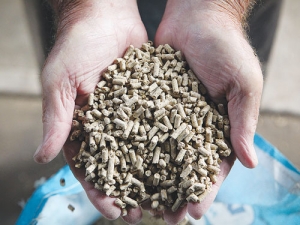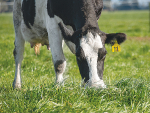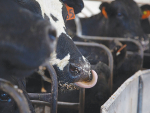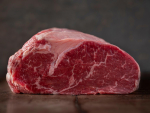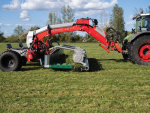Dr Steve Little, of Capacity Ag Consulting, says feeding a supplementary diet in the last three weeks before calving will give cows the best chance of a successful transition.
“I recommend every farmer use some form of transition feeding program in the last three weeks,” Little says. “It’s the [biggest] nutritional technology in 25 years.”
But Little acknowledges that a transition feeding program can be challenging. “You need to use an approach that is appropriate for the farm. There are many details to manage.”
Heavily pregnant cows face many challenges, he says. “Their rumen needs to be adapted to a diet they’re going to get as milking cows –
usually grain and other highly digestible feed.
“They suddenly have to be able to mobilise a lot of calcium which is required for colostrum in the milk, and meet the nutritional demands of the calf and the udder in the last three weeks.”
But there’s no magic formula for success. “Different feeding approaches can be used in the pre-calving transition period. The approach depends on the farmer’s feeding approach after calving,” Little says.
Some farmers use anionic salts in water troughs but most favour a supplement usually of energy, protein, minerals, extra magnesium and some sort of anionic supplement, Little says.
“About 70% of farmers in Australia already use some form of transition feeding. Half of those use a commercial supplement, usually with hay and a controlled amount of pasture.”
Anionic salts, which contain chlorine or sulphur irons, are salty and cows may not like them. But nowadays the flavours and aromatic additives the stockfeed companies add cause them to go down well.
Little says farmers must ensure forage fed with commercial supplements is appropriate for pre-calving transition cows. “That requires feed testing and analysis. Some good high production forage suitable for a milking cow isn’t necessarily appropriate for pre-calving transition cows.”
Cows’ rations need sufficient megajoules of energy, sufficient protein, the correct mix of calcium, phosphorus, magnesium and the dietary cation anion difference must be low enough.
Transition feeding can help get control over cow health problems, Little says. Good transition feeding would virtually eliminate milk fever and all cow health problems that commonly occur around calving, he says.
“We’re trying to adapt the rumen so that freshly calved cows can cope well with grain and digestible pasture and start milking well after calving; and we try to minimise the amount of body condition they lose after calving.”

